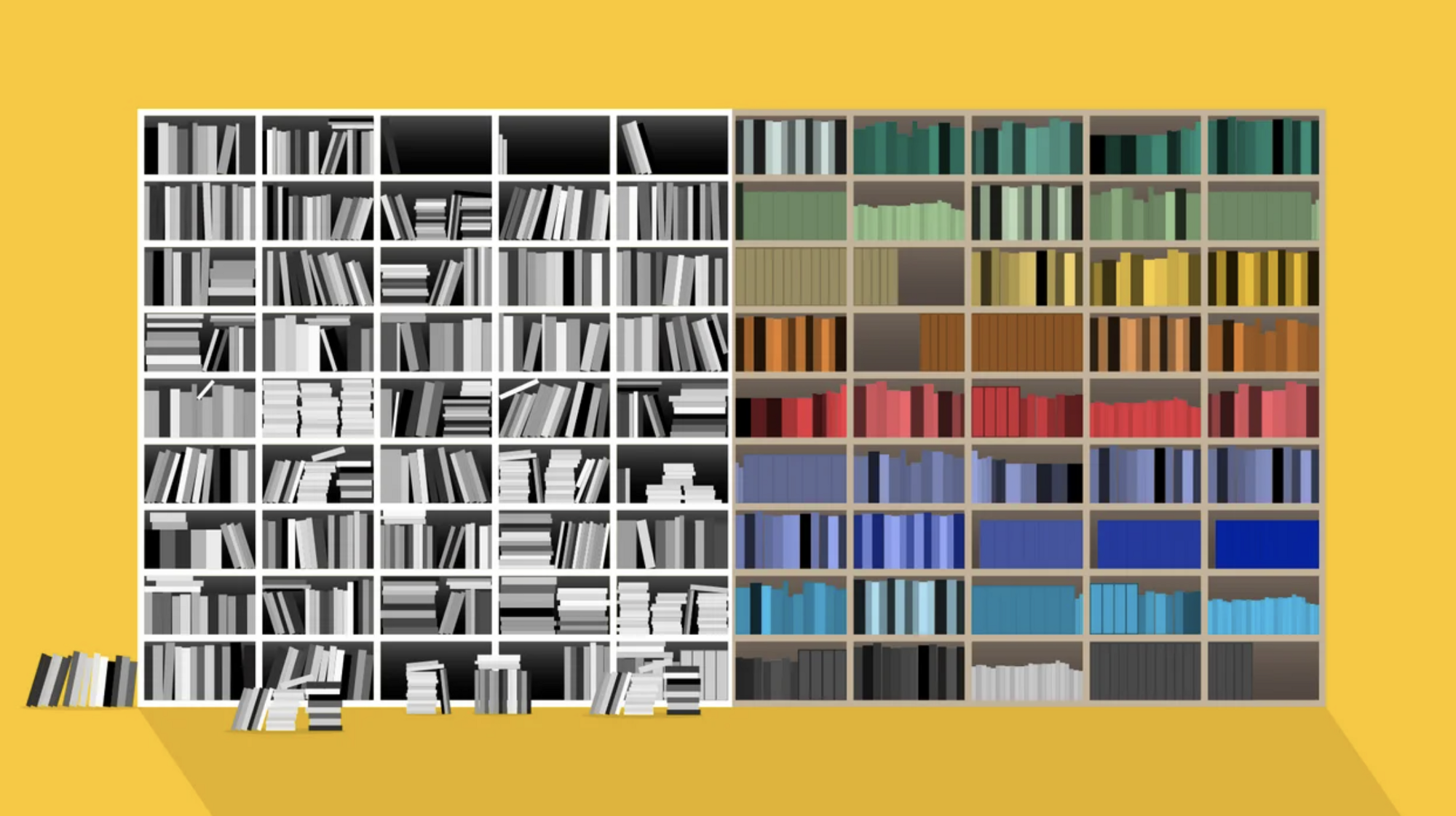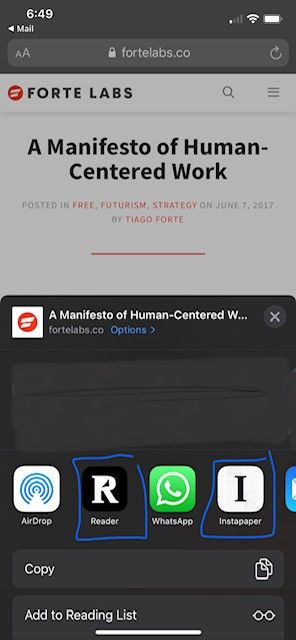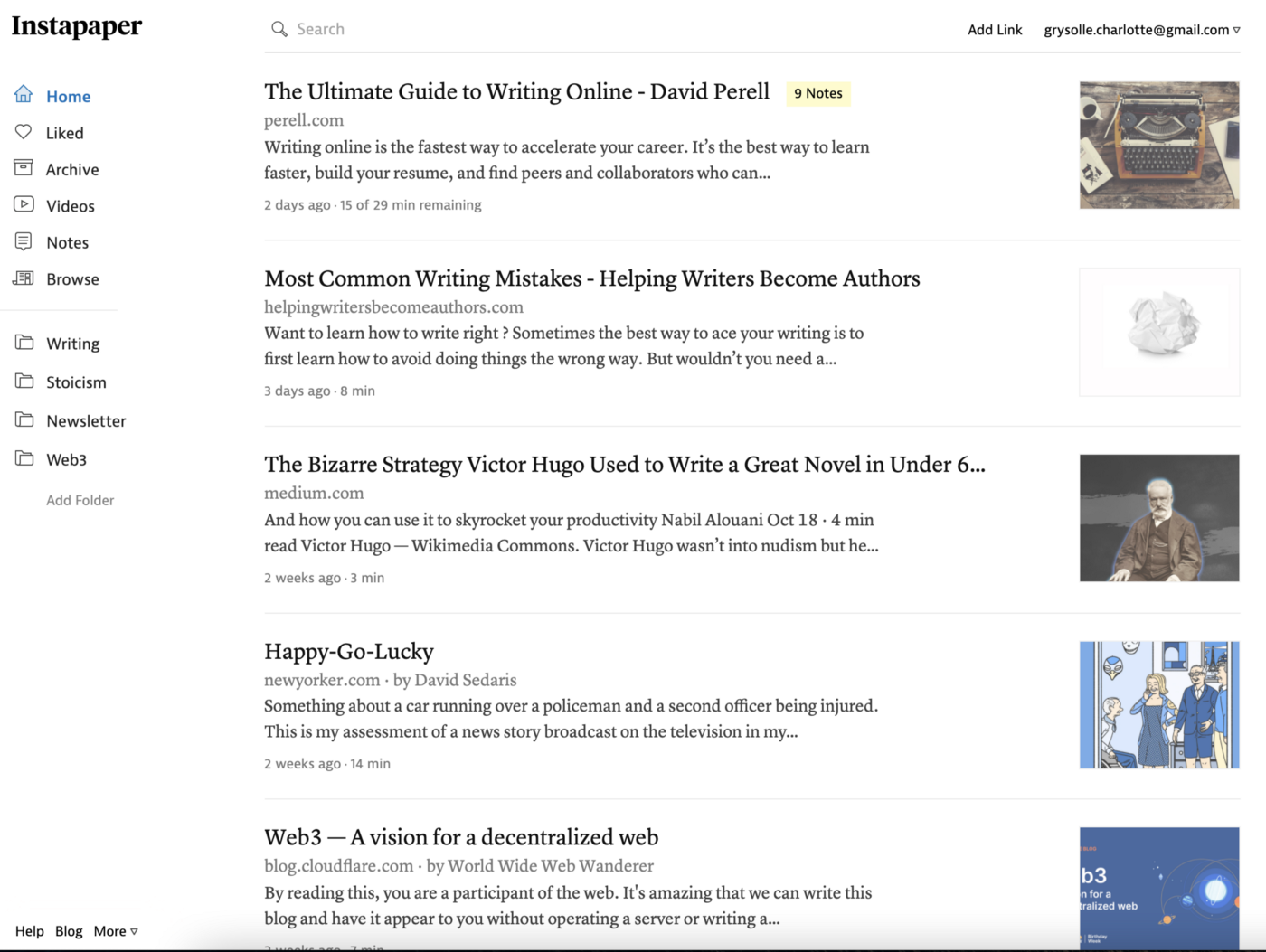A Step-by-Step for Time-shifting Your Content Consumption
A better way to read the Internet.

We live in extraordinary times. A never-ending flow of information and knowledge, direct access to the brightest minds in the world, the possibility to share your thoughts with hundreds of people with the click of a button.
This brings opportunities just as much as it brings challenges. For many people, including myself, being surrounded by so much information that is of immediate interest to us can feel overwhelming at times.
How do you absorb all this information and apply it to your life and your career in a way that is effective, sustainable and enjoyable?
In My Life Tech Stack, I briefly spoke about an idea that can help with this challenge — time-shifting content consumption. This was the most highlighted paragraph in the entire article, so it clearly resonated with people. In this post, I’ll go into deeper detail on what time-shifting content consumption means, why it makes a difference and how you can implement it today.
Escape The Reactivity Loop
My reading habits got out of control during the pandemic lockdown. Blogs, articles, newsletters, Tweets. I would see something I find interesting, and I’d immediately start reading — no matter what I was supposed to be doing instead (working, sleeping, cooking, etc.).
This was becoming a massive drain on my time and energy, and what’s worse — I’d hardly remember what I had read at the end of the day.
Around this time, I came across Tiago Forte, founder of Forte Labs and a leading productivity expert. He created a course called Building A Second Brain, which is all about Digital Knowledge Management and creating systems to organize our digital lives.
Your ability to process and manage the information around you is the biggest bottleneck to whatever you want in life.
Tiago says that one of the fundamental principles he teaches in his course is time-shifting your content consumption.
It’s a simple concept, and for me, it made an immediate impact.
The idea is that you ‘shift’ your consumption by saving all the content you encounter in one centralized place and read at a later time. For example, say someone forwards you an article — instead of immediately reading it while on your phone waiting for the bus, you save it and read it later that week.
This small change of habit allows you to escape from the reactivity loop, which most of us are on whenever we are constantly reacting to what is in front of us.
Two things can happen when you re-visit content later and see it in a different light.
One — the content is not as interesting or relevant anymore. It’s clickbait-y and just made you jump because you were tired and bored. Remove it from your list, and you’ve just saved yourself 10 minutes of your life.
Or — the content is relevant, and you can now give it the proper time and attention to read it in detail. As a result, you’ll be more focused and retain much more of what you’re reading.
Here’s A Simple Step-By-Step
Step 1: Download a read-later app
So-called read-later apps give you the ability to ‘save’ digital content in one centralized place for later consumption. They are essentially advanced bookmarking apps, pulling in the content from a page to be read or viewed in a cleaner, simpler visual layout.
The two most well-known apps are Instapaper and Pocket.
Both offer a free tier for the essential features of saving, reading, watching and listening. This is enough if you are just looking to save and read in the read-later app.
If you’re looking to take notes and sync them to note-taking apps like Roam or Notion, you’ll need to pay for a monthly or yearly subscription. Instapaper is 2.99$ per month or 29.99$ per year and well worth the investment.
I’ve been using Instapaper but recently switched to Reader. This is a new read-later app by Readwise (still in beta version), a popular note syncing app and, in my opinion, a must-use if you take lots of notes while reading.
Step 2: Save all content to the app
Once you’ve signed up for any of the above tools, you download the browser extensions and mobile apps.
On your computer, you’ll notice a button in your toolbar, next to the search bar, that looks like this:

Now, whenever you’re on a page you’d like to save, you simply click on this button.
You can do the same from your phone or your tablet:

The key is to do it every time, so it becomes habitual for all your digital content.
Then, when you go to your read-later app, you’ll find a list of everything you’ve saved. The content is presented in a clean, simple interface, without any distracting ads or sidebars. You can highlight your favourite parts, add notes and tags, organize per topic, and so on.

Step 3: Define specific moments for reading
The great thing about the reader apps is that the content is available offline and synced to all your devices so you can read on your laptop, tablet or phone.
Aim to read when you are relaxed and have the time to focus.
One thing I try to keep in mind — something I learned from Anne-Laure le Cunff, founder of Ness Lab — is to read on a “need-to-learn” or “just in time” basis. This means picking content to read that is relevant to me at that moment and a reflection of the projects I’m working on. One of the causes of overwhelm is not being focused and learning about ten different subjects simultaneously. So instead of filling your head with lessons you’re not ready to apply yet, with “just in time” learning, you work through only what you need to know and do right now.
Step 4: Regularly clear up your list
It’s tempting to save a bunch of stuff to your read later app. If you feel like an article has been on the list for a long time, and you never select it to read, it’s probably because it’s not that relevant to you. Just remove it and move on.
Recap
Time-shift your content consumption to get the most out of your online reading. These are the key principles:
- Escape the reactivity loop where you are immediately reacting to every piece of content that catches your attention.
- Save a piece of content and re-visit it at a later time. This small habit change is crucial. By capturing it, you can assess later whether it is valuable and relevant. When you come back to it later, it might seem like a poor choice to spend your attention on. Or the other way around, suddenly you have the time and energy to make your way through a long and complex article.
- Use read-later apps and block time in your week to go through the articles you have saved, ideally on a “need-to-learn” basis where you focus on topics that are relevant to you in that time.
If you found this helpful, consider joining my mailing list, where I share my thoughts, notes and recommendations on all things lifestyle design. You can also find me on Twitter. Thanks!👋
